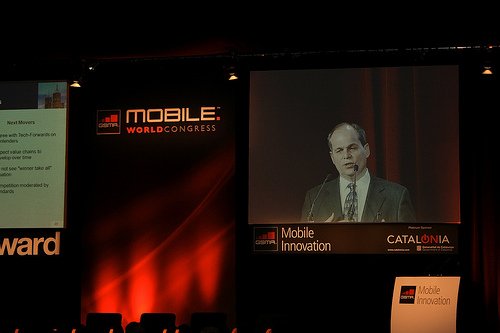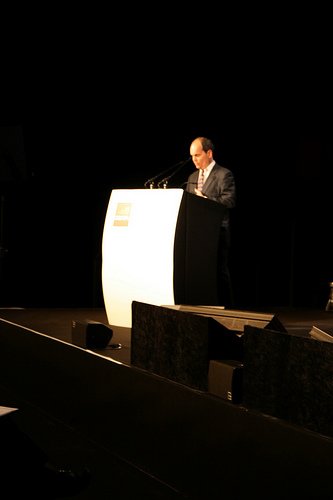
Palm must be hoping it can quickly build on estimated opening weekend sales of 60,000 Pre smartphones – not least because Apple has cranked up the pressure with the launch of a new iPhone.
While Palm’s Saturday launch has largely been judged a success, it was hampered by supply constraints which saw most Sprint Nextel stores get less than 50 phones to sell.

The limited supply of handsets meant that the Pre sold out in hours at most locations.
Sprint’s flagship Manhattan store had 200 units at launch. Its store in Boston’s Back Bay area had only 55, while one in San Francisco’s Mission district had 60.
Palm and Sprint strenuosly denied they were limiting supplies deliberately, instead the restrictions were put down to manufacturing constraints.
As expected, between 80-90 per cent of the first buyers were already Sprint customers – while about 60 per cent were prior Palm owners.
Meanwhile, while one of the major concerns for the Pre has been the lack of apps for the phone there has been a flow of new software being announced by developers since Saturday’s launch.
Among them are the WHERE and Photobucket apps.
WHERE is a location based application that allows users to find different content based on their geographic position.
It also highlights local content including weather, news, movie times, restaurant recommendations. You can also perform selective searches through WHERE and find out things like where to find the cheapest gas. WHERE will also have the ability to integrate with the Pre contact and calendar data.

Photobucket allows users to send and upload photos directly from the phone. You can send any photo taken on the phone to a Photobucket album and shared through the website. You can also open a new Photobucket account directly through your Pre.
Other applications include Zumobi’s Today Show and Sporting News Baseball apps for on-the-go news and sports updates, and LikeMe, which offers personal recommendations for restaurants, attractions, etc, based on your location.
Beeweeb and Agile Commerce have also announced their plans to offer services to help developers create apps for the Pre and Palm WebOS.
These new apps join the dozen or so programs that were available in the Pre App Catalog at launch, including Pandora and Fandango.
According to Palm, more than 150,000 apps were downloaded on the first day the smartphone was available.
Currently, the Palm App Catalog is in beta and the Mojo SDK is only available to a limited number of developers.

.gif)










